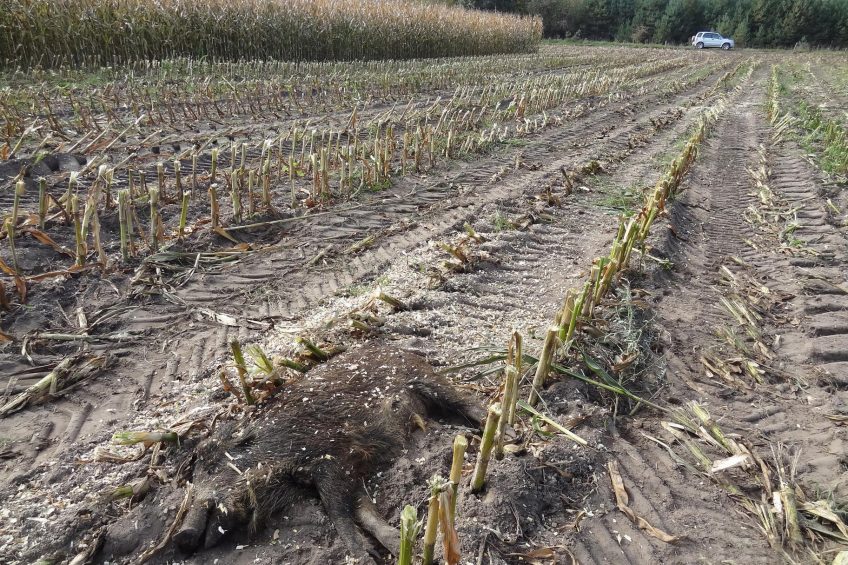How Russia hopes to keep Crimea safe from ASF

Russian authorities announced quarantine measures have been applied to 3 more districts in Crimea, following several outbreaks of African Swine Fever (ASF) in wild boars.
The new quarantine measures were introduced by the regional governor Sergey Aksenov according to the decree posted on the official website of the regional government on 13 May.
Removing the pigs from Crimea altogether?
In 3 other districts in Crimea, pig farming has even been prohibited in the light of an anti-ASF campaign. This measure may even be extended: over the past months Russia’s officials have repeatedly suggested to extend the pig-free status to the entire territory of the peninsula, as the threat of ASF is growing.
Speaking at the press conference on 12 February, the deputy head of Russia’s veterinary watchdog Rosselkhoznadzor, Nikolay Vlasov, said that in some African countries where ASF destroyed pig farming decades ago, local businesses still fail to revive this industry.
Theory: Pig farming could easily be replaced
Vlasov noted that in theory, if proper measures would be introduced, ASF in Crimea could be defeated rather rapidly, adding that “pig farming in the region could be replaced easily”. He also emphasised that the peninsula has “perfect conditions for breeding of cows, rabbits sheep and goats.”
At a separate press conference a month later, the regional deputy prime minister Nikolay Yanaki, said that in 2017 the regional authorities placed nearly 100 million roubles (US$1.6 million) for converting pig farms into poultry, cattle or rabbit production instead, seeing that due to ASF pig farming will not be possible at least for another year.
ASF outbreaks in dead wild boars
The first ASF outbreak in Crimea was reported in early 2016 and since that time, the virus was detected in 8 out of 15 regional districts. In most cases this was about outbreaks found in dead wild boars.
Official statistics said that, as of the 1 January 2014, Crimea accounted for a pig count of 162,900 heads. In 2014, pig production in the peninsula increased by 9.4% year-on-year. In addition, at that time regional agricultural holding Skvortsovo revealed plans to boost the pig population by additional 30,000 heads.
Water supply problems
However, since 2015 the environment in the industry has significantly worsened, largely because the water supply to the peninsula via the North Crimean Channel has been blocked, resulting in rising prices for feed crops. As of January 2016, the pig population in the region had been reduced to 151,100 heads.
ASF has not yet been reported in those districts, housing the main pig breeding facilities, so the direct impact of the virus on production performance is still limited.
New power of Rosselhoznadzor
Meanwhile, Russia’s government has recently extended power of Rosselhoznadzor, granting permission for the state veterinary authorities to hold unscheduled inspection of pig farms without the approval of the regional prosecution office. Rosselkhoznadzor executives had previously complained that the need for that approval had negatively affected the struggle against ASF.
Simultaneously, pig farmers warn that the new power of Rosselhoznadzor means that the supervision for the industry becomes unlimited. Veterinary authorities now have the power to inspect farms whenever they want, without any preliminary notification.












